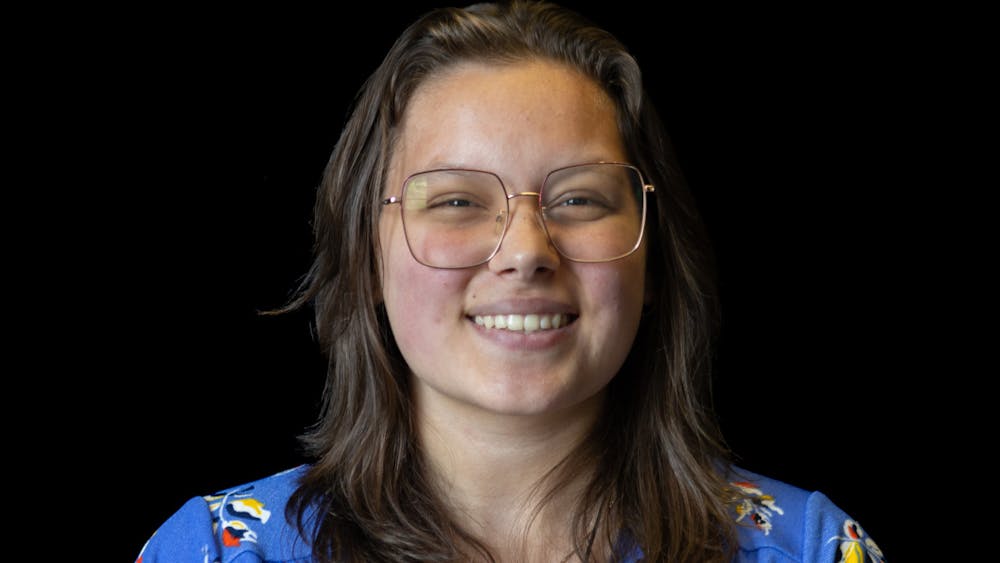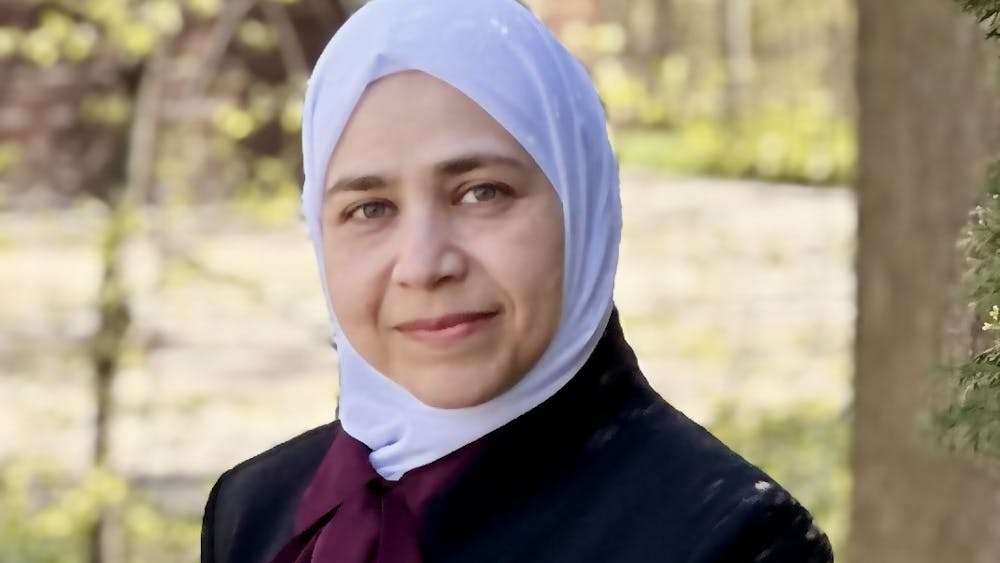Supreme Court case prompts discussion of affirmative action at American universities
While many Central Michigan University students agree that diversity is an important part of education, the issue of affirmative action is more controversial.
Marie Reimers, diversity committee chairwoman for the Student Government Association, said diversity is good for universities, because, when students get out into the real world, they will be working with people from various backgrounds.
“We want our university to represent the real world,” the Saginaw sophomore said.
On-campus minority enrollment at CMU in fall 2012 is at its highest in the past 10 years, according to enrollment statistics from the CMU Office of Institutional Research. A total of 2,095 minority students are enrolled on campus this fall semester, an increase of 3.5 percent from 2,025 students in fall 2011. The number of minority students enrolled is out of 20,504 total on-campus students.
However, the recent Supreme Court case, Fisher v. University of Texas, is taking a closer look at how race plays a role in the admittance process at some universities.
The Supreme Court heard a case on affirmative action in October after Abigail Fisher, 22, alleged she was turned down by the University of Texas at Austin four years ago because she is white. The university has said Fisher would not have been admitted even if race were not involved in the process.
Reimers said affirmative action is still necessary at universities because students shouldn’t get turned away from a school by factors like race, background, class or ability. She said these students should be allowed the same opportunities other students have.
“Everyone deserves the chance for an education,” she said.
This has happened before
This is not the first affirmative action case the Supreme Court has heard. The Supreme Court ruled in Grutter v. Bollinger in 2003 that the University of Michigan Law School was allowed to use race as a factor in admissions as long as it was not the only factor.
After this case, Michigan’s Proposal 2 in 2006 was adopted to prohibit public institutions from using certain affirmative action programs.
The U.S. 6th Circuit Court of Appeals overturned Michigan’s ban on affirmative action at public colleges on July 1, 2011, because it “unconstitutionally alters Michigan’s political structure by impermissibly burdening racial minorities.”
The court ruled Proposal 2 unconstitutional on Nov. 15, saying it undermines the equal protection clause of the U.S. Constitution.
Jeannie Jackson, director of Civil Rights and Institutional Equity at CMU, said in an email that Michigan law did not ban affirmative action. She argued those words were used to confuse voters and get them to vote. She said it banned preferential treatment, such as giving students “extra points” for being a minority in order to get into a university.
CMU never used this system, she said, so there was nothing to change.
“CMU is an affirmative action university because we get money from different federal entities and have to have an Affirmative Action Plan, which we do,” Jackson said. “Affirmative action hasn't gone anywhere.”
CMU recruits students by having representatives in schools with diverse populations help all students obtain admittance to the university, Jackson said. This is handled through CMU’s Office for Institutional Diversity.
As for Fisher v. University of Texas, the Supreme Court can’t ban affirmative action because affirmative action is mandated by the president of the United States, she said. No one can eliminate affirmative action but a president.
Jackson said diversity is an essential part of education because students should learn about what different people from other races think and learn from them.
“Students should care about diversity because we operate in a global market, and you can't be successful in any area unless you know what many people think about, not just one race,” she said.
Defining diversity
Students say diversity, itself, can be a diverse term, taking on different meanings in different contexts.
Imlay City sophomore Terra Volmering said diversity is not limited to race and ethnicity. Gender, sexual orientation, religion and class are other types of diversity among college students, she said.
Grosse Pointe sophomore Jen Stratelak said students learn a lot by living and working with other cultures in a university environment.
“Then we can grow as a community,” she said.
Diversity is important to any social situation, including at universities, Stratelak said. She said she considers CMU a diverse campus.
Despite minority enrollment at CMU being at a record high point, the largest racial or ethnic category at CMU is still white students. White students make up 80.88 percent of the on-campus student population in 2012, which translates to 16,583 students.
Black and African-American students make up 5.33 percent, or 1,092 on-campus students at CMU; Hispanic and Latino students make up 2.33 percent, or 478 students; Asian, Hawaiian and Pacific Islander make up 1.35 percent, or 277 students; American Indian and Alaskan Native students make up 1.21 percent, or 248 students.
A total of 6.16 percent, or 1,263 on-campus students, have their race or ethnicity listed as unknown.
Non-resident aliens make up 2.75 percent, or 563 on-campus students.
The National Center for Education Statistics reported in 2010 that white students made up 61 percent of college students in the United States, African American students made up 14 percent, Hispanic students made up 13 percent, and Asian and Pacific Islander students made up six percent. Non-resident aliens made up three percent of students.
Is affirmative action outdated?
While all college students come from different backgrounds, Stratelak said they are all in the same boat, because everyone is trying to get an education. She said attending a university allows students to have a fresh start in their lives.
Volmering said everyone can start off at the same level at a university because they are all working toward a common goal of an education.
“You’re here achieving the same thing,” she said.
Volmering and Stratelak said they think affirmative action is no longer necessary for university enrollment.
Volmering said she teaches English online to students in Russia and China, and her students don’t need to be recruited to universities in the United States.
She said she helps prepare foreign students to attend Stanford University and Virginia Polytechnic Institute and State University, and they already know they will get a better education at American universities.
Affirmative action becomes controversial when people from minority ethnic groups or lower-class backgrounds get into a school even though they are not as qualified as other students, Stratelak said.
Reimers said some people have a misconception of affirmative action, because it doesn’t necessarily mean that an unqualified, poor or minority student is taking the place of a qualified student.
Reimers said affirmative action can mean recruiting from poor communities or communities of color that have not been reached out to before, and this aspect of affirmative action isn't controversial.
Affirmative action was important when it was first began in the 1960s, but diversity is no longer a big issue at universities, Stratelak said. She said as long as enrollment follows university policies, it shouldn't be a problem.
“We know what to do in those situations,” she said. “Everyone’s learned how to deal with (diversity) now.”
Affirmative action is a complicated issue, Reimers said, and it is difficult to predict what it would mean for universities across the United States if the Supreme Court ruled against it. However, she said it could decrease the amount of diversity in higher education.
“I think it could lead to less diverse communities at universities,” she said.




